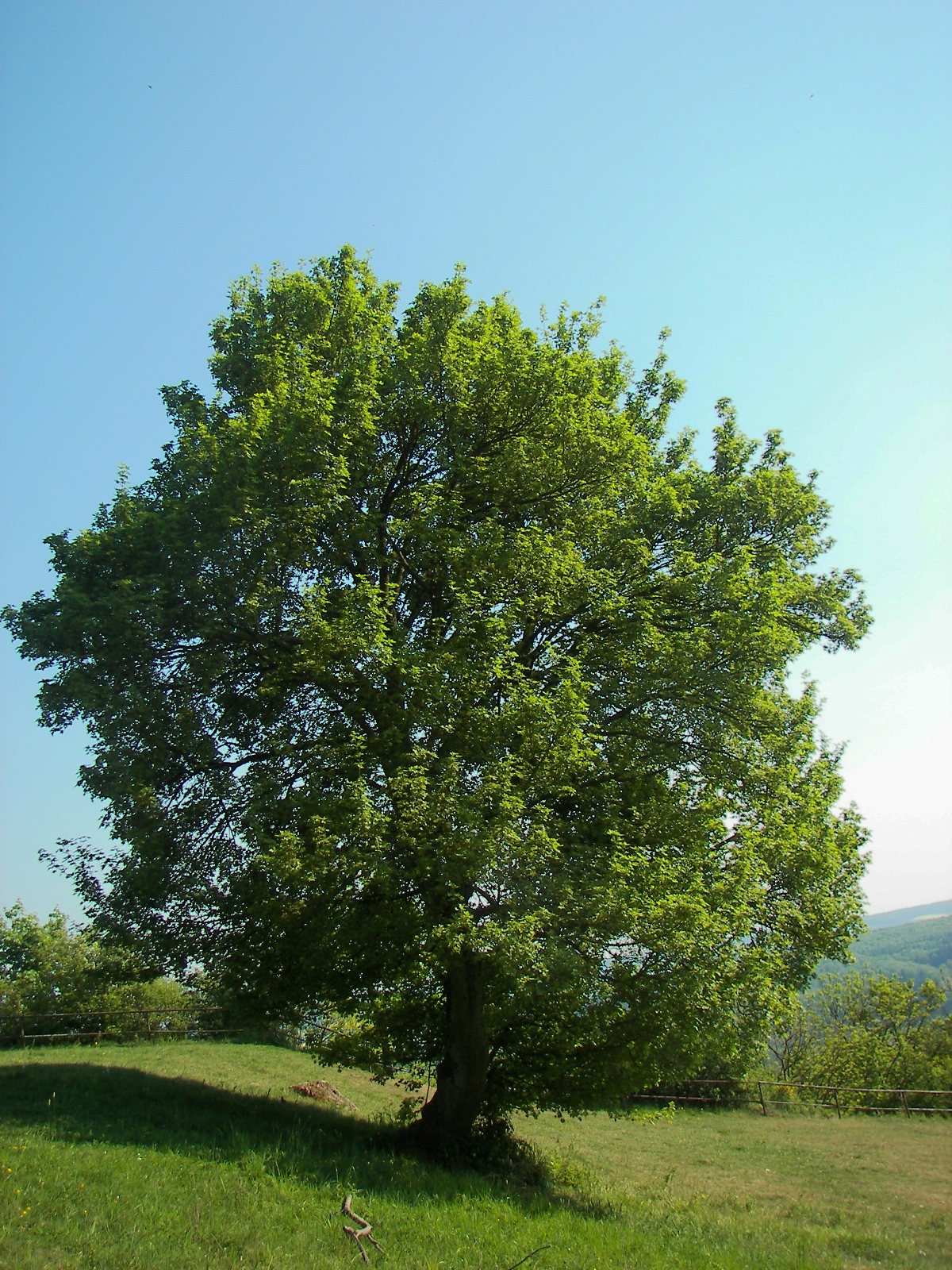Acer Campestre
Field maple
Species Tolerances
- Drought Tolerance: Medium
- Shade Tolerance: Yes
- Waterlogging Tolerance: Low
- Frost Tolerance (trees from warmer climates may be frost tolerant, but their flowers may not be): Yes
- RHS Hardiness: H6
- Optimum Conditions for Growth:
A medium sized understorey tree in woodland that can be coppiced or pollarded. A lowland species that can grow in a range of soils, even mildly acid if nutrient rich. Though prefers alkaline, heavy soils including heavy clay. - Susceptibility to Pest/Disease:
No major pest or disease susceptibility at present.

Acer campestre Ebsdorfergrund-Frauenberg, Hesse, Germany/ 006 Willow/ https://creativecommons.org/licenses/by-sa/2.5/deed.en
Service to Pollinators
- Summary of Service to Pollinators:
Produces plenty of nectar and pollen early in the year to aid build up of bumblebee, mining bees and honeybee colonies. Honeydew is produced when aphids are active - Nectar Value to Pollinators: 3 (of 0-3)
- Honeydew Value to Pollinators: 2 (of 0-3)
- Pollen Value to Bees: 3 (of 0-3)
- Flowering Period: April-May
Risks
- Human Toxicity: Non-toxic
- Livestock Toxicity: Non-toxic
- Invasive Risk: No
- Suckering: No
Products
- Edible Fruit: No
- Edible Leaves: No
- Edible Sap: Yes
- Edible Seeds: No
- Honey, major source in UK: Yes
- For any medicinal potential, see 'Further Details' below.
- Timber: Yes
- Livestock Fodder: Yes
- Other Products:
Hard specialist timber ideal for furniture & musical instruments, Coppice
Utility
- Nitrogen Fixation: No
- Organic Matter Accumulation: Insufficient Data
- Phytoremediation: Insufficient Data
- Deacidification: Insufficient Data
- Windbreak: Yes
- Soil Erosion Control: Yes
- Shade or Shelter: Yes
- Plant Support: Insufficient Data
- Integrated Pest Management: Insufficient Data
- Wildlife Value: Yes
- Wildlife Value Summary:
Good for biodiversity, which refers to invertebrate feeding on the tree, especially insects. Seeds are available as food to a large number of birds and mammals. - Graduated Nativeness Classification ⓘ: 1 (of 1-10)1. Historic Native
2. Historic Introduction
9. Neutral Introduction
Further Details
Specialist timber eg for furniture & musical instruments, hard wood though a relatively small, slow-growing native tree. Ideal as an understorey tree in mixed woodland. Resists pollution well. Can be trained to be low-growing or hedging. Not suitable for montane or maritime sites.